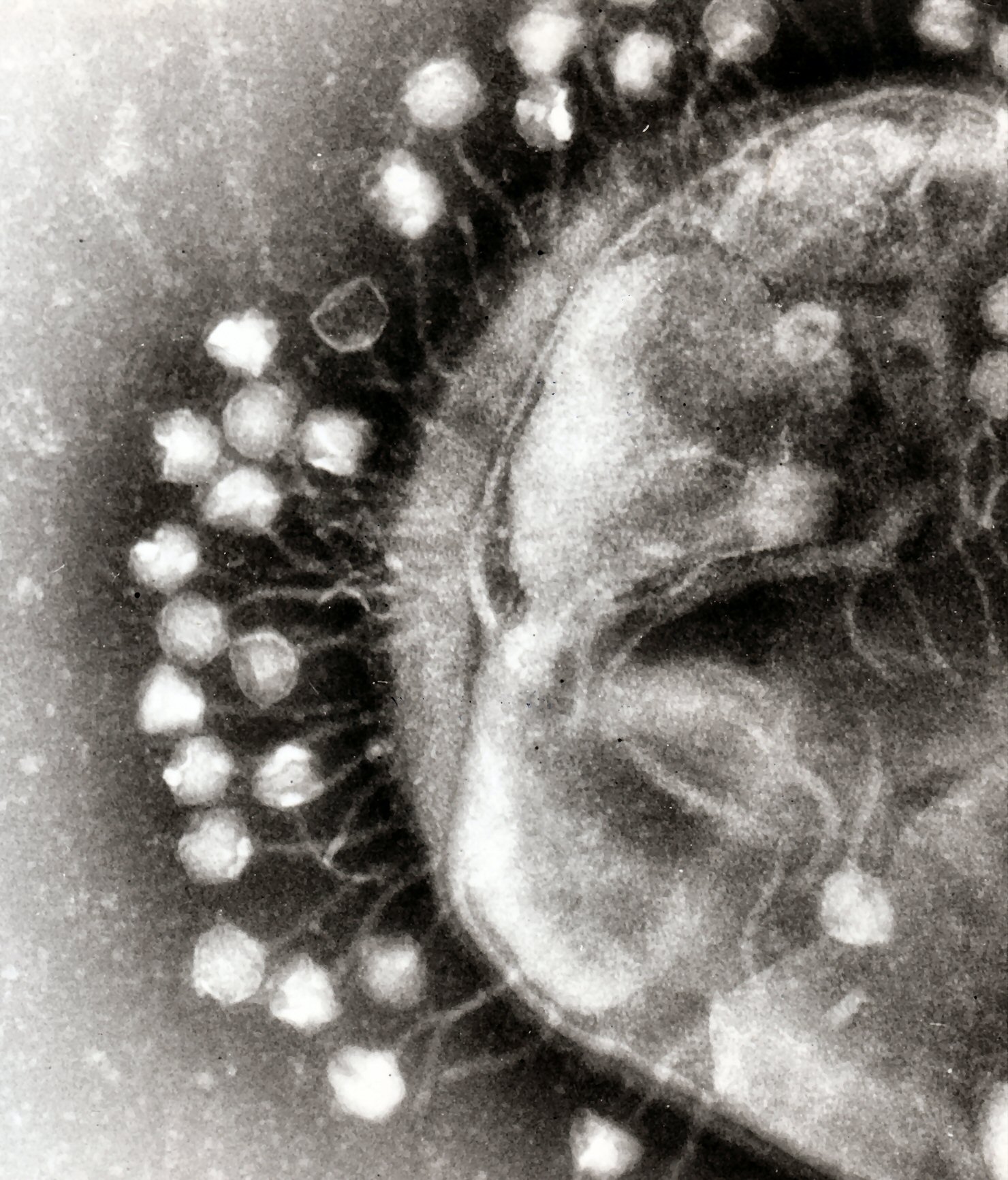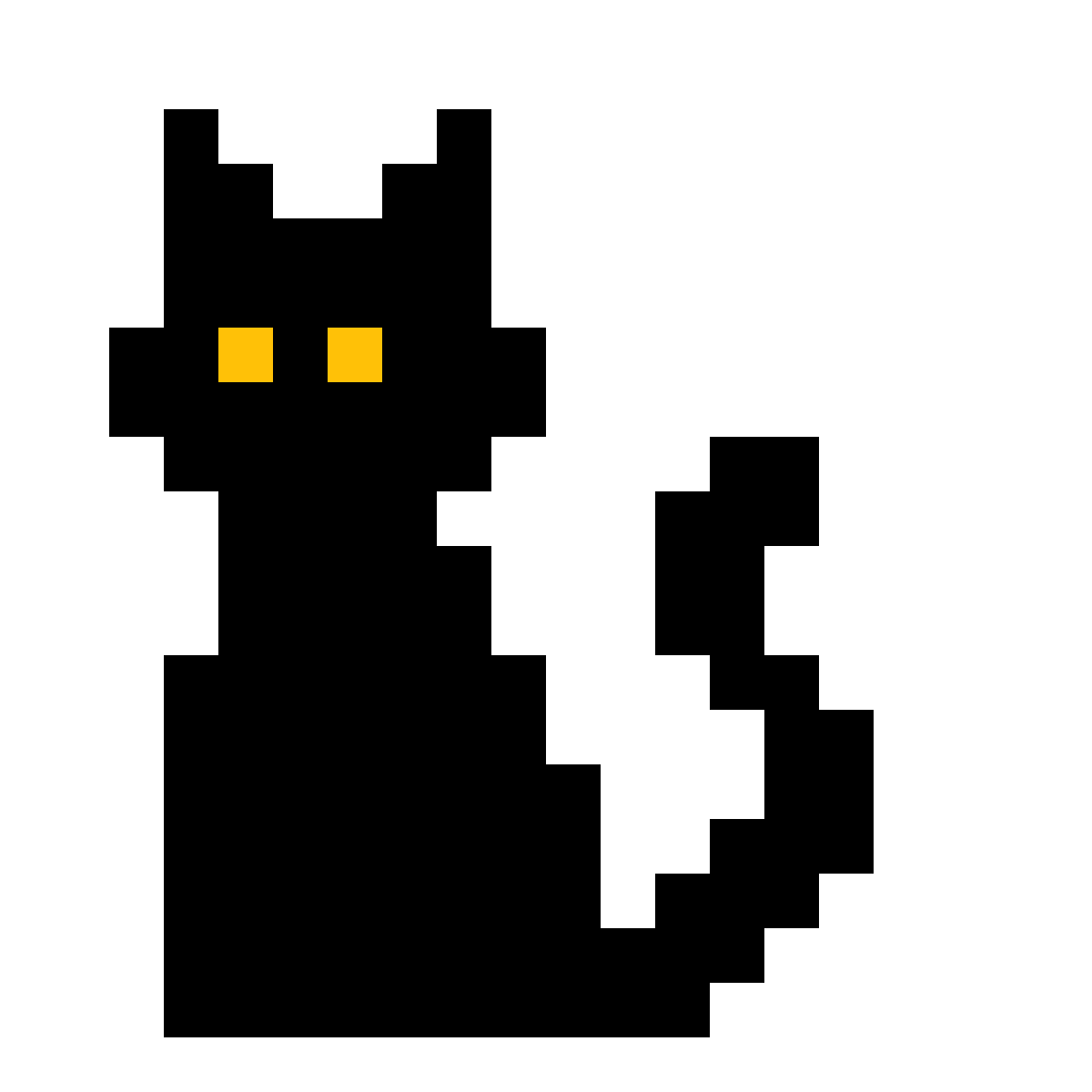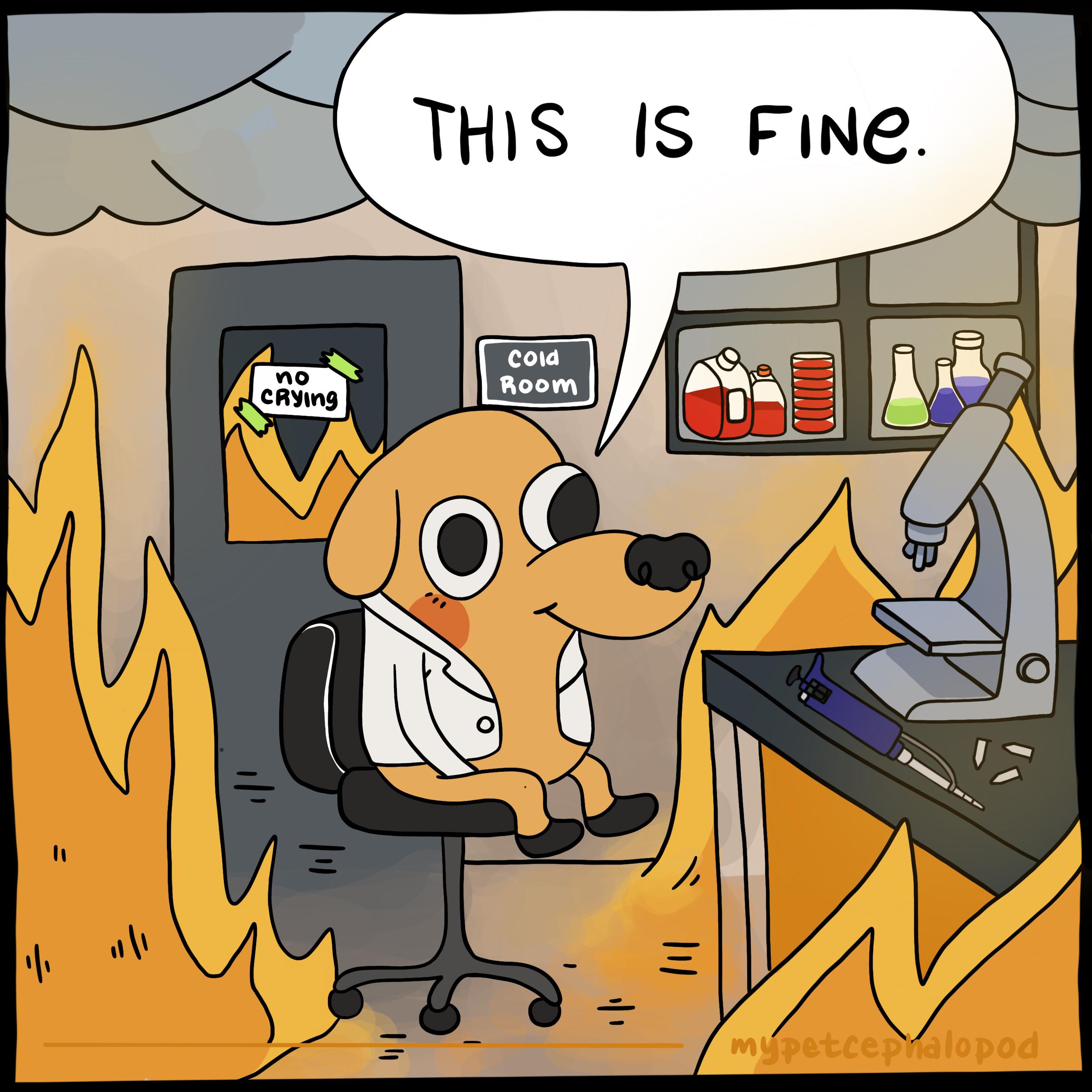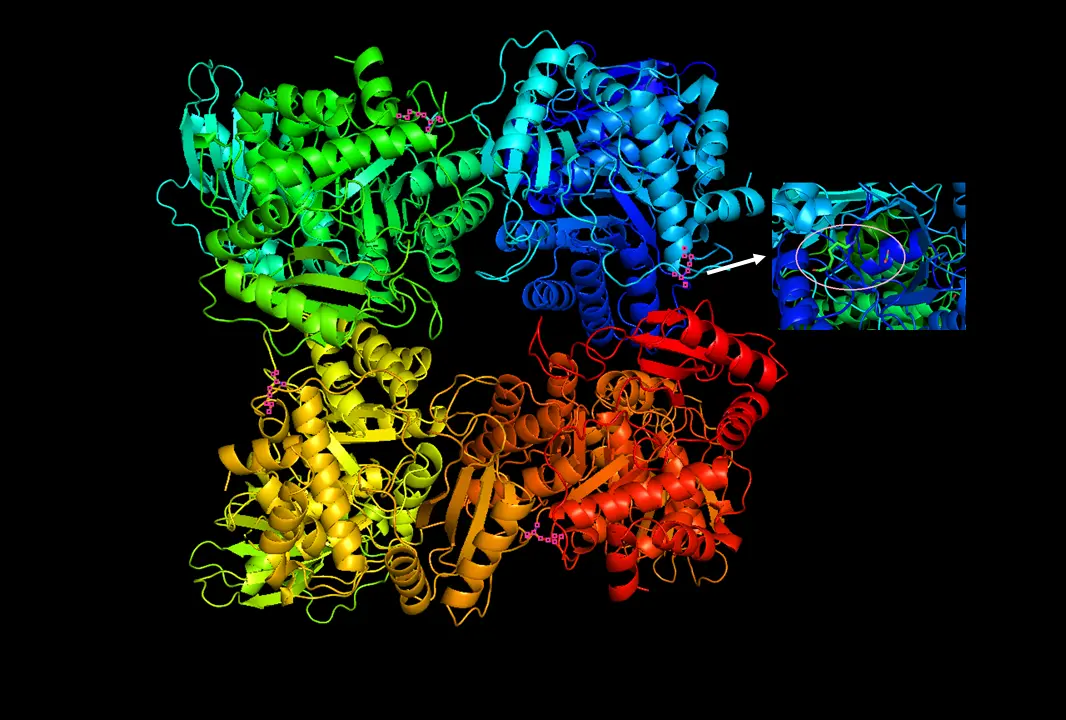Is this what some virus really looks like? It looks like Tron-era CGI.
Artist’s view of bacteriophages, viruses that infect bacteria and look like this. They attach to the bacterial wall with these fibers that look like spider legs, and then inject their DNA into the bacteria by contracting the sheath that attaches to the DNA-containing head. They kinda work like a syringe.
They almost seem like just a “living” reproductive system, as if that’s the entirety of their existence. Like real-life Daleks going “IN-SEM-IN-ATE!”
The image is in fact CGI, but yes there are several viruses known as bacteriophages that look like this.

Trying to find this confirmed electromagnetic scan of this phage led me down a truly fascinating rabbit hole about antibacterial phage therapy, taxonomy, and more. Let your curiosity take the better of you on Wikipedia
Such awesome pictures

At this scale we’d be seeing with electrons not photons, and everything would be gold coated. It’s unlikely the head would be transparent. But other than that, not bad. False color gets applied to the B&W EM images, which helps.
Rabies is shaped like a bullet!


fungi are extra alive somehow
Okay, this got me curious. From the wikipedia article on viruses:
Viruses are considered by some biologists to be a life form, because they carry genetic material, reproduce, and evolve through natural selection, although they lack the key characteristics, such as cell structure, that are generally considered necessary criteria for defining life. Because they possess some but not all such qualities, viruses have been described as “organisms at the edge of life” and as replicators.
They’re not compromised of cells, can’t self regulate, and can’t replicate on their own and other organisms have to do that for them. The last point being important to our criteria for living. I was never taught as a biologist by anyone that they were alive
Theoretical biologist here. I consider viruses to define the lower edge of what I’d consider “alive.” I similarly consider prions to be “not alive,” but to define a position towards the upper limit of complex, self-reproducing chemistry. There’s some research going on here to better understand how replication reactions (maybe encased in a lipid bubble to keep the reaction free from the environment) may lead to increasing complexity and proto-cells. That’s not what prions are, but the idea is that a property like replication is necessary but not sufficient and to build from what we know regarding the environment and possible chemicals.
I consider a virus to be alive because they rise to the level of complexity and adaptive dynamics I feel should be associated with living systems. I’ll paint with a broad brush here, but they have genes, a division between genotype and phenotype, the populations evolve as part of an ecosystem with all of the associated dynamics of adaptation and speciation, and they have relatively complex structures consisting of multiple distinct elements. “Alive,” to me, shouldn’t be approached as a binary concept - I’m not sure what it conceptually adds to the discussion. Instead, I think it should be approached as a gradient of properties any one of which may be more or less present. I feel the same about intelligence, theory of mind, and animal communication.
The thing to remember when thinking about questions like this is that when science (or history or literature…) is taught as a beginner’s subject (primary and secondary school), it’s often approached in a highly simplified manner - simplified to the point of inaccuracy sometimes. Many instructors will take the approach of having students memorize lists for regurgitation on exams - the seven properties of life, a gene is a length of dna that encodes for a protein, the definition of a species, and so on. I don’t really like that approach, and to be honest I was never any good at it myself.
Worth mentioning: life is a construct created by humans. We decide if it’s alive, just like we decided if anything else was alive. There’s no definite answer that science can provide on this topic. It can only provide humanity with more facts with which we can contrive a distinction.
We’ve given life a set of repeatable rules that create a definition. Viruses don’t meet the rules.
I’m basically a needle for injecting drugs into you without consent, fight me (I’ll win anyway, some percentage of time).





